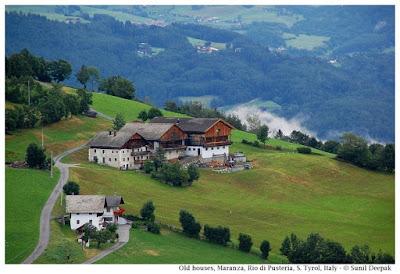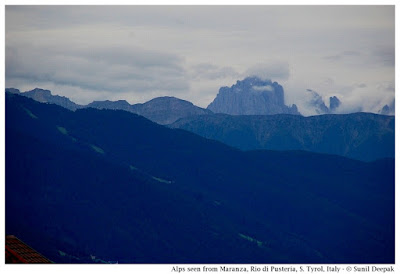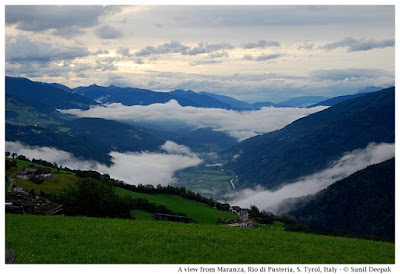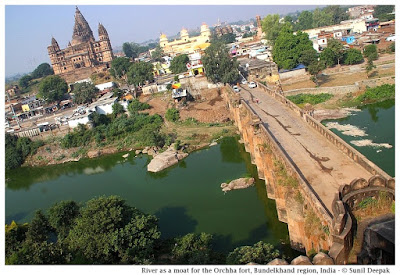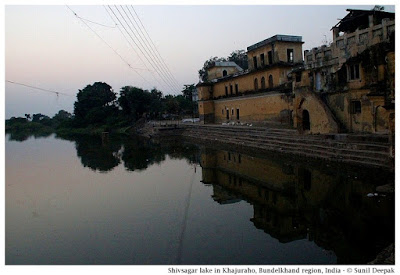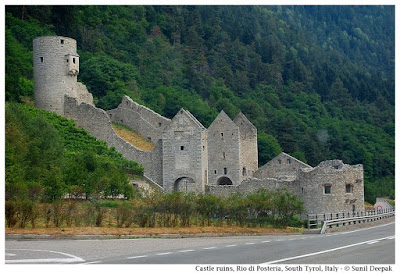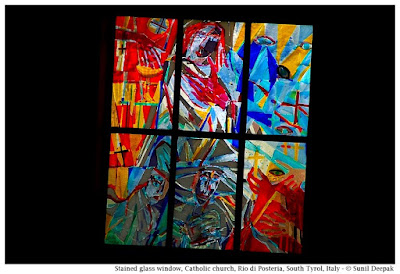This post is about this show organised by Elia Dalla Costa cultural centre and held at the Civic Theater of Schio (VI, Italy).
Giacomo Puccini's Madama Butterfly
"Madama Butterfly" was based on a French novel written by Pierre Loti in 1887. The opera was written by Italian writer and musician Giacomo Puccini around the turn of 19th century. It premiered as a two-act opera in 1904 in Milan but was heavily criticised. Later that year, Puccini rewrote it as a three-act opera, which became successful.
Operas are the theater of emotions in songs. The tone and the timbre of the voices of singer-actors such as tenor, soprano and mezzo soprano, determines their roles. Operas are a part of the Western classical music tradition.
This opera was based in the 19th century Japan. After centuries of isolation, Japan had opened to the west in 1854. As Western ships started arriving in Japan, their marines wanted the "women of pleasure", but Japan did not allow prostitution. So the women were sold as "temporary wives" to those marines.
This theme has been adapted also in innumerable Bollywood films such as "Ram Teri Ganga Maili", in which young innocent girls from villages or mountains fall for slick city guys.
Fabio Sartorelli
Fabio Sartorelli is a musicologist from Bologna university and had studied piano at Milan conservatory. He teaches at Como conservatory and Academy of Scala theater of Milan. He also gives talks and performances related to the lives, works and performances of music artists like Bach, Haydn, Mozart, Puccini, Stravinskij and Verdi.
The show touched on Puccini's opera from different angles - from the ideas of racism and colonialism that form the context of the opera, to Giacomo Puccini as a person, and from the different versions of the story of Madam Butterfly written by other authors, to the emotional culmination of the opera when Cho Cho San commits suicide.
Sartorelli explained that in the initial version of the opera, Pinkerton did not appear in the final act and did not show any remorse about what had happened to Butterfly. No tenor wanted to play Pinkerton's role and the opera was heavily criticised. Thus Puccini changed this part of the opera.
The opera was written in a period when there was great public interest in the mysterious Japan that had opened its doors to the foreigners after many centuries. The earlier books about this story, not knowing how the Japanese people talked, had used the American black slaves as a model for expressing them linguistically.
On one hand, the opera showed Cho Cho as a Christian convert, which might have made it easier for the western audience to identify with her fate as an unfortunate woman. On another, the "woman" was actually a 15 year old child, also because in that epoch, exploitation of minors was not seen in the way we look at it today.
The show also touched on Puccini as a person, such as his love for cars, his travels to America, his fame in that country, and his money-making from advertising for pens and mouth-washes.
Sartorelli is an able communicator and a good piano player. He understands the stage, how to raise the tension and how to make people laugh. Though some of the issues touched upon in the show were serious - such as racism and the misrepresentation of cultures, Sartorelli treated them lightly, with wit and irony.
I loved the whole show and Sartorelli's skill in putting together so many different ways of looking at and understanding the opera, its history and the stories of persons linked with it.
Conclusions
For me a key reflection from this show was that we can look at the famous creative maestros like Giacomo Puccini in critical ways - to see them not as mythical figures but as human beings, with their weaknesses and warts, without diminishing in any way the recognition of their genius in creating amazing works of art.
Loving operas written hundred or more years ago means learning to look at those artistic works from different angles and yet continue to be touched and moved by them.
***

















